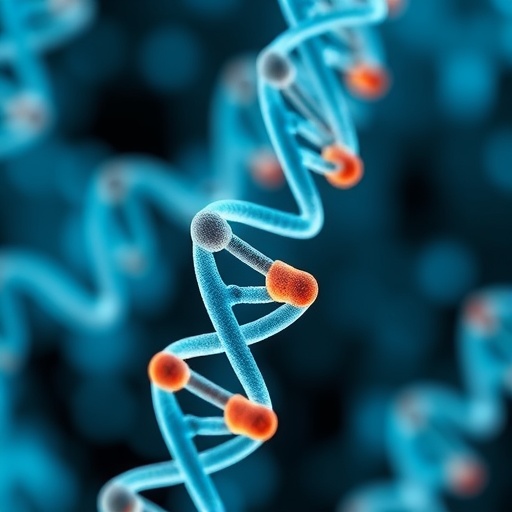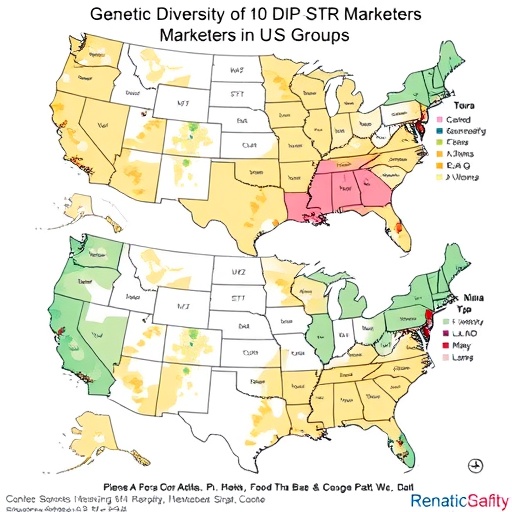Glioblastoma multiforme (GBM), an extremely aggressive brain cancer, is a very complex disease. It is characterized by a fast-growing tumor in the brain composed of many subpopulations of cells, including glioblastoma stem cells, which play a crucial role in glioblastoma initiation, expansion and therapy-resistance. GBM's diverse make up – termed heterogeneity – is of clinical importance because it is a key factor that leads to treatment failure, allowing the tumor to become resistant to treatment or for cancer to recur.
One way to identify different glioblastoma subtypes is by looking at the specific microRNA expressed in the patient derived GBM stem cells. In several types of cancer cells, including glioblastoma cells, microRNA expression isn't regulated properly. In a new study published in Cell Reports, BWH researchers examined a specific microRNA, miR-128, to help identify glioblastoma subtypes and to determine if altering the microRNA's presence in glioblastoma cells could change the tumor's subtype.
"RNA is increasingly recognized as a snapshot of a cell at a given moment in time and therefore gives unique insight into the disease biology," said lead author Arun Kumar Rooj, PhD, of the Department of Neurosurgery at BWH. "Understanding the dynamic spectrum of cells and their non-coding RNA signatures is critical for advancing therapeutic strategies that will be capable of overcoming the complexity of this disease."
The researchers looked at miR-128 expression in diverse populations of glioblastoma cells. They identified the "proneural" subtype as having high levels of miR-128 compared to the mesenchymal tumors, which had significantly lower levels of this particular microRNA. Interestingly, they also found that if they raised or lowered the levels of miR-128, they could induce one subtype of tumor to transition into a new subtype.
"Mesenchymal glioblastoma is extremely aggressive, highly heterogeneous and has the poorest chance of survival for patients," said corresponding author Agnieszka Bronisz, PhD, of the BWH Department of Neurosurgery. "By altering the level of miR-128 in both mesenchymal and proneural tumors, we can shift the tumor into a more hybrid type, similar to the "classical" subtype which is more homogenous and easier to treat."
"The ability to transform more aggressive types of glioblastoma into a subtype that is more responsive to treatment opens the door for using miR-128 as a therapeutic agent," said corresponding author Jakub Godlewski, PhD, of the BWH Department of Neurosurgery.
###
This work was funded by the National Cancer Institute (grant numbers P01 CA69246 and R01 CA 176203-01A1).
Paper cited: Rooj AK et al. "MicroRNA-Mediated Dynamic Bidirectional Shift between the Subclasses of Glioblastoma Stem-like Cells" Cell Reports DOI:10.1016/j.celrep.2017.05.040
Media Contact
Haley Bridger
[email protected]
617-525-6383
@BrighamWomens
http://www.brighamandwomens.org
http://dx.doi.org/10.1016/j.celrep.2017.05.040




